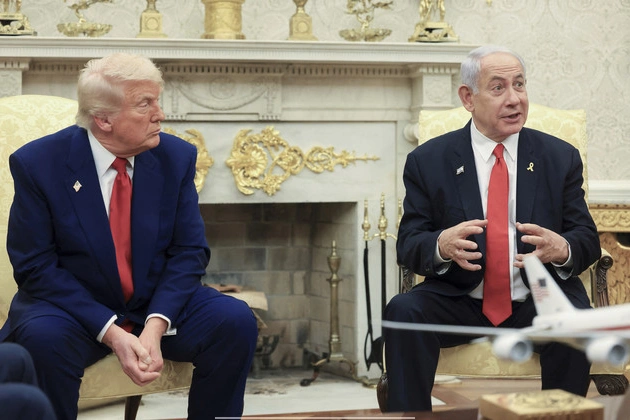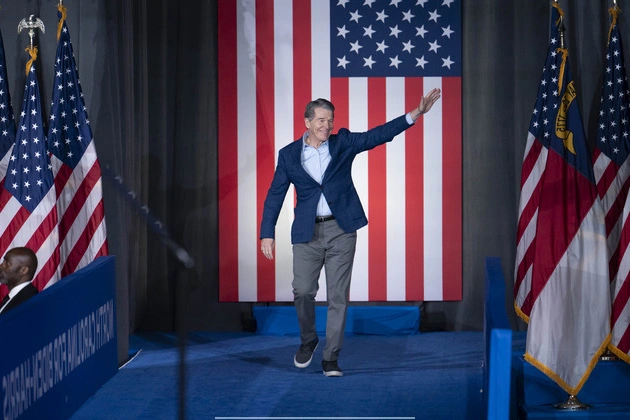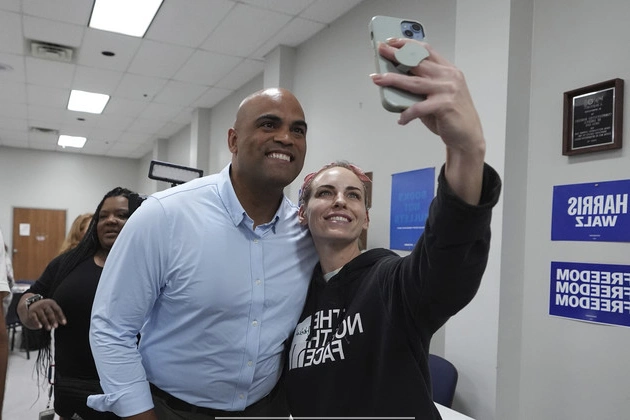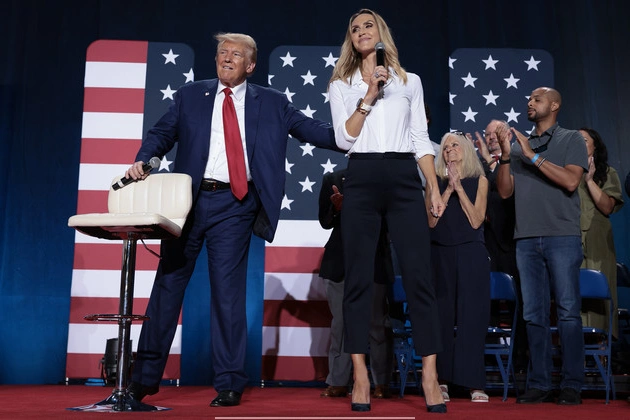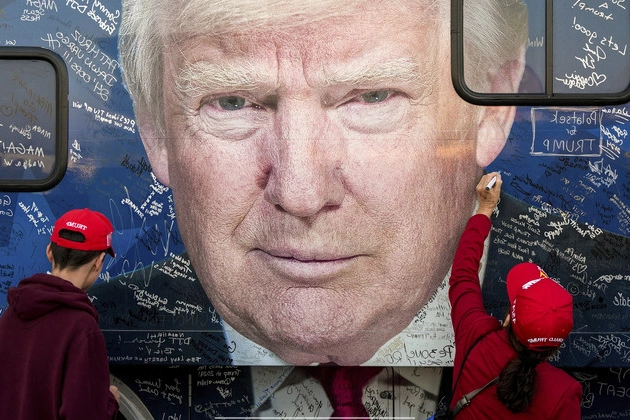
In the 2024 presidential election, voter turnout played a pivotal role in determining the success of candidates, particularly for President Donald Trump and former Vice President Kamala Harris. According to a recent Pew Research Center survey, Trump benefited significantly from high voter turnout compared to Harris.
The Impact of Voter Turnout
Trump secured a larger percentage of voters who participated in the 2024 election after abstaining from voting in 2020. Surprisingly, the survey revealed similar levels of support between Trump and Harris among eligible voters who opted not to vote in 2024.
Historically, Democrats have had a stronger appeal among nonvoters in presidential elections. However, the 2024 election deviated from this trend, showcasing a more balanced distribution of support among nonvoters for both Trump and Harris.
The survey indicated that if all eligible Americans had cast their ballots in 2024, the overall popular vote margin would have remained relatively unchanged. Trump’s support among voters who abstained from the 2020 election or were ineligible to vote increased, with 52% backing him compared to Harris’s 45%.
Key Findings
Analyses from Pew’s ‘validated voters’ survey, which cross-references survey respondents with voter files to ensure voting accuracy, highlighted crucial insights. The 2024 election witnessed a voter turnout of 64%, the second-highest since 1960.
Trump’s campaign strategy targeted individuals who had skipped previous elections, with a particular focus on young male voters. This approach proved successful, as Trump garnered 55% of the votes from individuals who abstained from both the 2020 presidential election and the 2022 midterms.
Furthermore, the survey revealed that a substantial proportion of nonvoters expressed a preference for Trump had they voted, challenging initial assumptions about voter demographics post-election.
Implications and Observations
The survey results provided insights into the composition of Trump’s voter base in 2024. Notably, Trump’s coalition exhibited greater racial diversity compared to previous elections, securing notable support from Hispanic and Black voters.
Among naturalized citizens, Trump and Harris received nearly equal support, indicating a split in this demographic group’s preferences.
Overall, the survey shed light on the evolving dynamics of voter turnout and candidate preferences, offering valuable data for understanding electoral trends.
It is essential to analyze and interpret such survey data to grasp the nuances of voter behavior and its impact on election outcomes.







